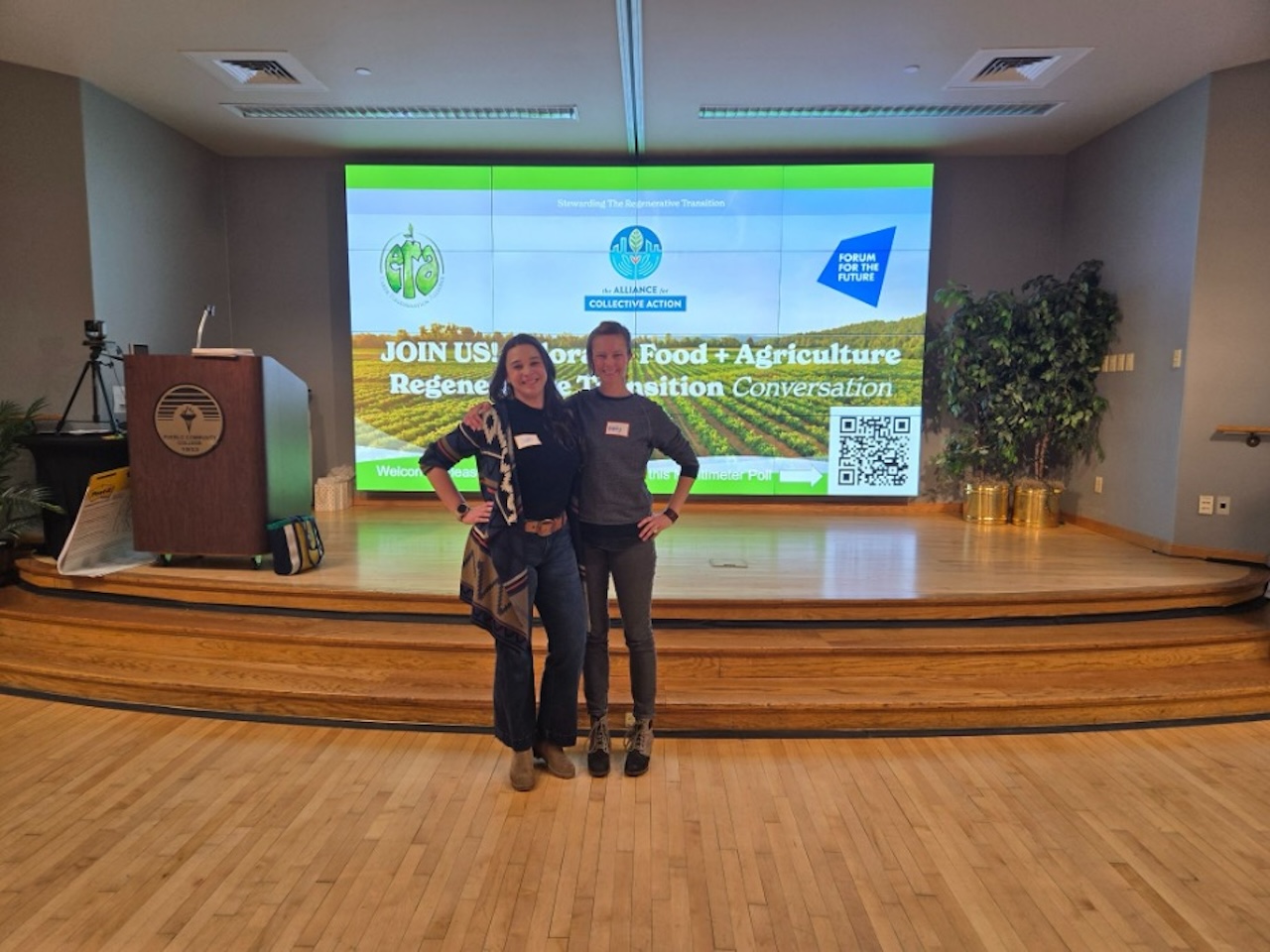Defining Regenerative Agriculture—Together
Across Colorado, a growing number of farmers, ranchers, researchers, and policymakers are coming together around a shared goal: building a more resilient, regenerative food system. One rooted in soil health, adapted to climate realities, and designed to support thriving rural communities.
But as momentum builds, so does a critical challenge: how do we define “regenerative agriculture” in policy—in a way that truly reflects the lived experience of those who steward the land?
At the Alliance for Collective Action, we believe that question can’t be answered from the top down. And we’re not alone.
The Risk of a One-Size-Fits-All Approach
Right now, there’s a real risk that regenerative agriculture will be defined without input from the people it most impacts. A definition crafted in legislative chambers—without farmers and ranchers at the table—could impose rigid, one-size-fits-all standards that don’t work on the ground.
From the San Luis Valley to the Eastern Plains, Colorado’s agricultural landscapes are as diverse as the producers who care for them. What works in one region won’t necessarily make sense in another. If policy doesn’t reflect that diversity, it could unintentionally exclude or burden the very communities it’s meant to support.
Conversations That Start with the Soil
That’s why we’re co-leading the Regenerative Agriculture Transition Conversation Tour, in partnership with Earth Regeneration Alliance and Forum for the Future. Over the past year, we’ve been traveling across Colorado, facilitating regional conversations that invite farmers, ranchers, researchers, and policymakers into the same room.

Most recently, the Alliance’s Director of Programs, Jolie Brawner, had the opportunity to co-facilitate a session at the Pueblo Food Project’s Sun Soil Water Summit, alongside our colleague Mandy Magill of Earth Regeneration Alliance. The session dug deep into one of the most pressing questions in agriculture today: How do we define regenerative agriculture in policy in a way that truly serves both farmers and the land?
The answer, we’re finding, lies in a flexible, place-based approach rooted in the USDA’s five principles of soil health. Instead of prescribing a rigid checklist, we’re focusing on goals—like restoring soil function, increasing biodiversity, and supporting economic resilience. This approach allows each state, in collaboration with local agricultural departments and research institutions, to define practices that work for their specific ecosystems and communities.
From Local Wisdom to National Momentum
And this conversation is gaining traction beyond Colorado. In March 2025, Texas House Bill 5339 was introduced to guide the development of a definition of regenerative agriculture for Texas producers, and the Alliance for Collective Action was among those consulted on draft language. We’re honored to contribute insights from Colorado’s producer-led efforts, ensuring that future policy reflects the wisdom of those working directly with the land.
This is an exciting step toward a broader shift: a national conversation where regenerative agriculture is defined not by institutions alone, but in collaboration with the people who live and breathe it every day.
Growing the Future, Together
If we want regenerative agriculture policy to succeed, we must center it in the knowledge, experience, and leadership of producers. Because regenerative agriculture isn’t just a set of practices, it’s a way of relating to the land—a commitment to working with nature, not against it.
We’re grateful to all the farmers, ranchers, researchers, and advocates who’ve shared their time and insights with us along this journey. And we’re just getting started! Stay connected with us as we continue this work—because the future of our food system is something we grow together.
